North-east health bosses are searching high and low in a race against time to balance the books – securing a mega loan from the government while vowing to burrow underground to save money on heating bills.
NHS Grampian is officially the most broke health board in Scotland – with no shortage of reasons to blame for the crisis.
It comes as patients have been left lingering on waiting lists for years, with emergency departments overflowing and others stuck in ambulances outside for hours.
Bosses have admitted the performance is “not what anyone wants to provide”, and insist money issues are at the heart of the problem.
As hard-up health chiefs scramble to resolve the malaise, we look at the key reasons behind the predicament – and just what is being done to fix it.
Why is NHS Grampian in a financial crisis?
Fresh reports confirm the north-east board has the biggest overspend of any in the country, at a staggering £67.5 million over 2024/25.
There are a number of reasons for the current financial woes, with tens of millions now needing to be clawed back within months.
For starters, 40% of NHS Grampian’s billion-pound-plus budget goes towards health and social care boards across Aberdeen, Aberdeenshire and Moray (more on those later).
There’s also the chunky wage bill for 17,000 people that comes with being the largest employer in the region.
Inflation, soaring costs, an insufficient number of beds, rocketing prices for drugs and an ageing population have all contributed to the financial storm.
On top of that, the organisation covers a geographic area bigger than some small countries.
So how bad is it?
One expert said the scale of the response required was akin to the shock of the pandemic, which turned our system upside down overnight.
Dr John Tomlinson said the gap between demand and capacity was “mismatched”, requiring a drastic rethink on how to make savings.
This, he hinted, was bound to affect patients with “less serious” problems in the same way the pandemic hastened an overhaul in treatment.
The board member warned a recent summit: “We will have to make some hard choices on where we do least harm.
“That was something we had to do through Covid. And I think it’s something we have to do in the short-term to close this mismatch between demand and capacity.
“Where we do ‘least harm’ is probably an honest way to look at it.”
What will the board do this year to remain afloat?
Documents detail a range of savings plans aimed to help balance the books over the next 12 months.
The £39m scheme includes cutting spending on locums by £2.1m, while slashing agency nurse costs by £2.6m.
Vacancies across several departments will be “managed” to save on new hires, “efficiencies” are being chased across the board and catering spend will be reduced.
We previously revealed how bosses plotted to crack down on overtime and even sandwich spending…
Director of finance for NHS Grampian, Alex Stephen, told the recent meeting that all avenues would be explored.
What does it have to do with the ageing population?
A report penned by deputy finance director Sarah Irvine tries to spell out what sets NHS Grampian apart from other boards across the country.
Over the past five years, this corner of Scotland has seen the highest percentage increase in the number of residents aged over 65.
This is said to be “driving the system pressures”, especially when coupled with an overall increase in the general population.
She adds that older people tend to “require greater resource”, which adds up to more money.
‘Huge changes are needed’
But the report states: “There has been no corresponding reduction in activity to offset the increasing demand arising from our ageing population.
“The impact of this demographic shift can be seen across our whole system.
“Whilst NHS Grampian is taking forward many initiatives to realise efficiency savings, these population movements mean that a more fundamental transformation of our services is required.”
And what about the number of beds?
The same report has some more sobering statistics.
It explains that NHS Grampian has the lowest bed base per head of population, which can cause costs to spiral…
Delayed discharges can mean there are few free beds going spare, leading to packed emergency wards and ambulances stacking up outside.
But of course extra beds, and nurses to staff them, cost extra money.
And the budgets set for the year ahead can not take this uncertainty into account.
Has healthcare crisis had an impact?
This is where it gets a bit complicated.
The various healthcare cuts you may recently have read about in Aberdeenshire – with care homes, sheltered housing and much more coming under threat – don’t really come under NHS Grampian.
These services are overseen by the Aberdeenshire Health and Social Care Partnership, which is funded by the NHS and the council.
That’s not to say it doesn’t have an impact on the NHS Grampian coffers.
As well as 40% of the body’s funding going towards this increasingly costly outfit, this year chiefs were asked to pledge added millions to help avert some healthcare cuts.
Extra money was also needed for the partnership organisations in Aberdeen and Moray, leaving NHS Grampian a combined £24.7m out of pocket.
And the recent report outlining the need for NHS Grampian to save money does add that the “overall financial position has worsened as a result of the IJB deficits”.
How is NHS Grampian planning to save money on heating bills?
The cost of living crisis affects us all, with health boards experiencing massive hikes in power costs for their various facilities.
But interim director Adam Coldwells has hailed an “exciting first for Scotland” in a bid to get energy bills down.
NHS Grampian hopes to roll out “Scotland’s first deep geothermal heating plant”.
The logic, which is hard to fault, asks why the body should be paying out huge sums for gas and electric to heat its massive estate when there’s plenty heat going free underground.
No information is provided on just how deep beneath the surface bosses want to go, as they are only now “working to explore the potential” of the idea.
But, if it’s a goer, they say they could warm up facilities across Aberdeen “using heat from deep beneath the Earth’s surface”.
The organisation is working with TownRock Energy to complete a feasibility study which should provide some answers.
Mr Coldwells adds: “Curbing emissions and supporting biodiversity ultimately supports public health by delivering less pollution, cleaner air and cleaner water.
“This study is only the first step on a journey but could help us make progress towards becoming a Net Zero organisation by changing the way we use NHS buildings.”
What is the government doing to help?
Recent documents also revealed that the government is “concerned with NHS Grampian’s financial position”.
And Holyrood officials have now loaned the crisis-hit health board the £67.5m needed to make amends for that 2024/25 overspend mentioned earlier.
It wasn’t quite as simple as that though.
At the same time, they insisted that renewed efforts must be made to stop costs spiralling out of control again this year.
The government told NHS Grampian it would only be allowed to go over budget by £45m in the next 12 months – which is £23m LESS than north-east bosses had been banking on.
So what does that mean?
It’s this demand that has placed even greater pressure on the local organisation to clamp down on spending wherever possible.
A “recovery plan” is now being pieced together, to be approved within weeks…
Do you think it is fair to ask NHS Grampian to pay back the loan? Let us know in our comments section below
What next in major savings drive?
NHS Grampian department heads are to be hauled before bosses over the next month – as they launch this firefight being compared to the Covid pandemic.
Every “budget holder” will meet with finance bosses over the next few weeks as they pore over the books.
Accountants have been given until June 7 to come up with a “financial recovery plan” to slash the expected deficit.
There will be a few fraught weeks ahead as an added £23m in cutbacks need to be found.
As finance chief Mr Stephen put it: “We will lift every stone… The scale of the challenge can not be underestimated.”
Read more:
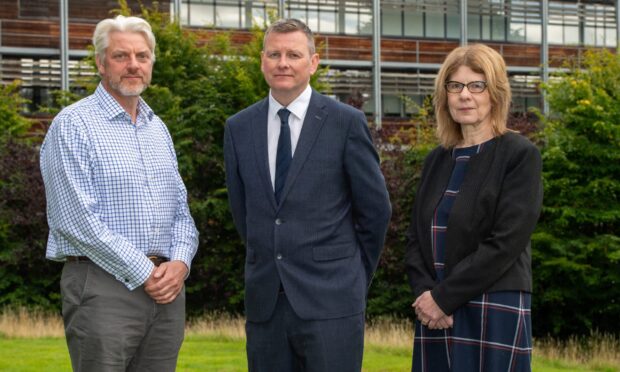
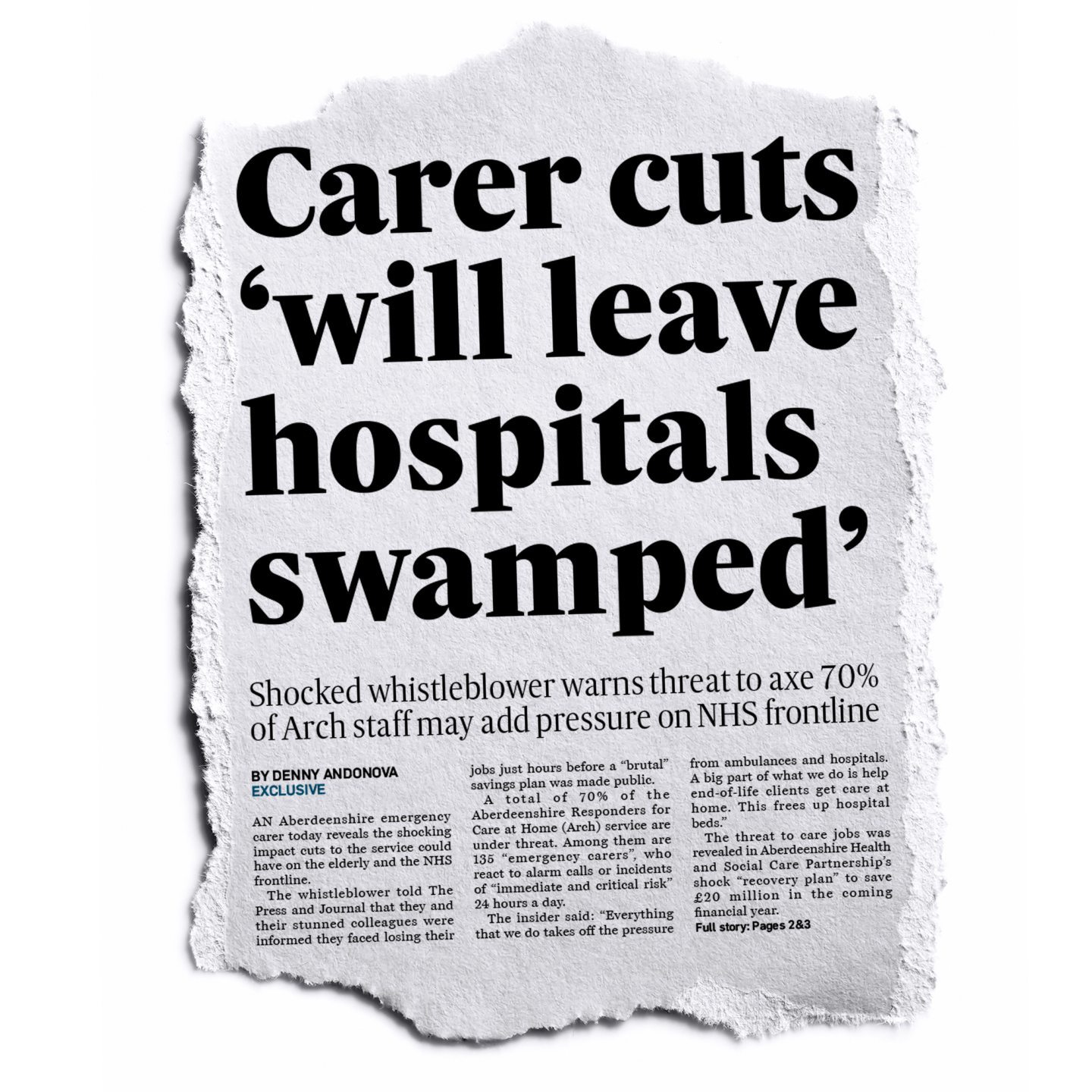
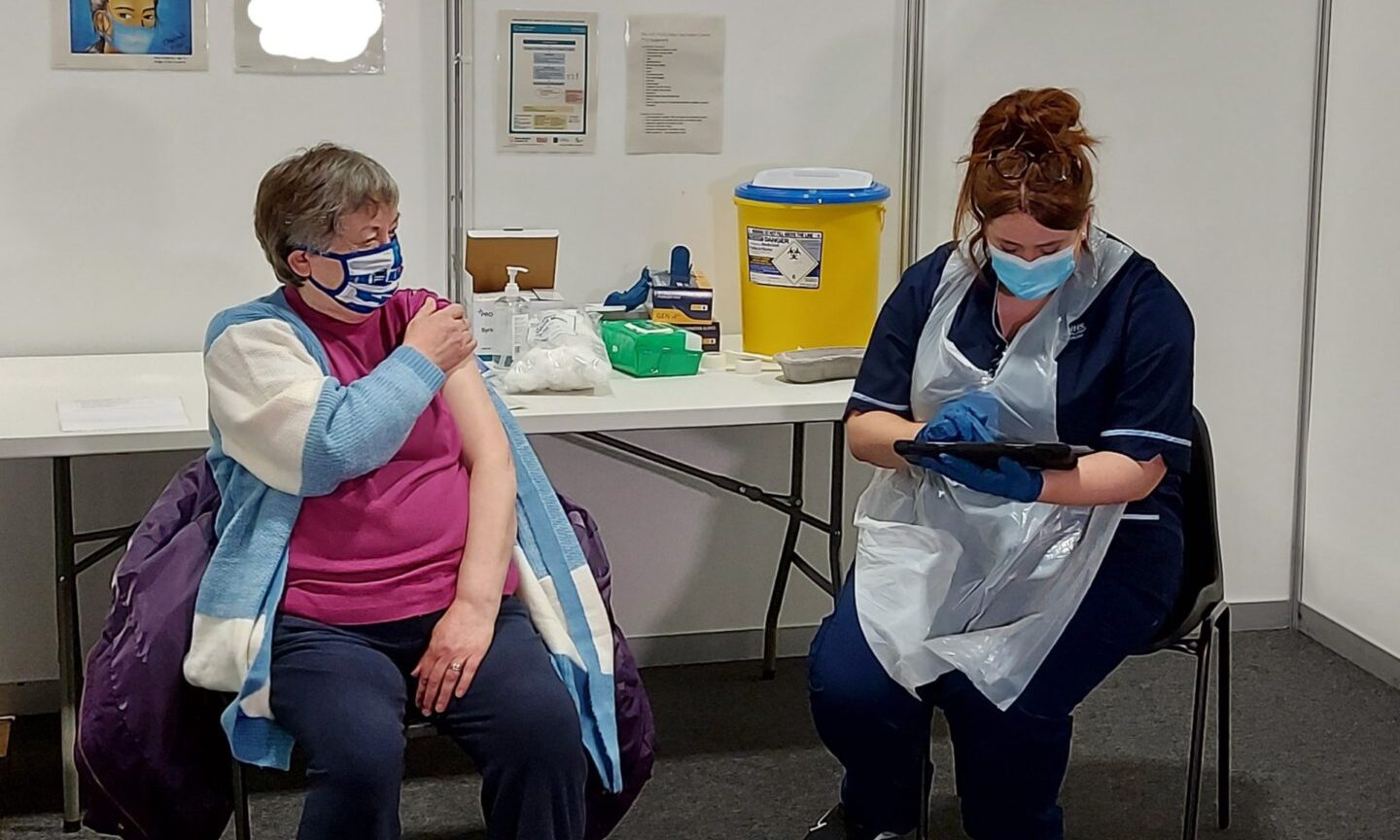
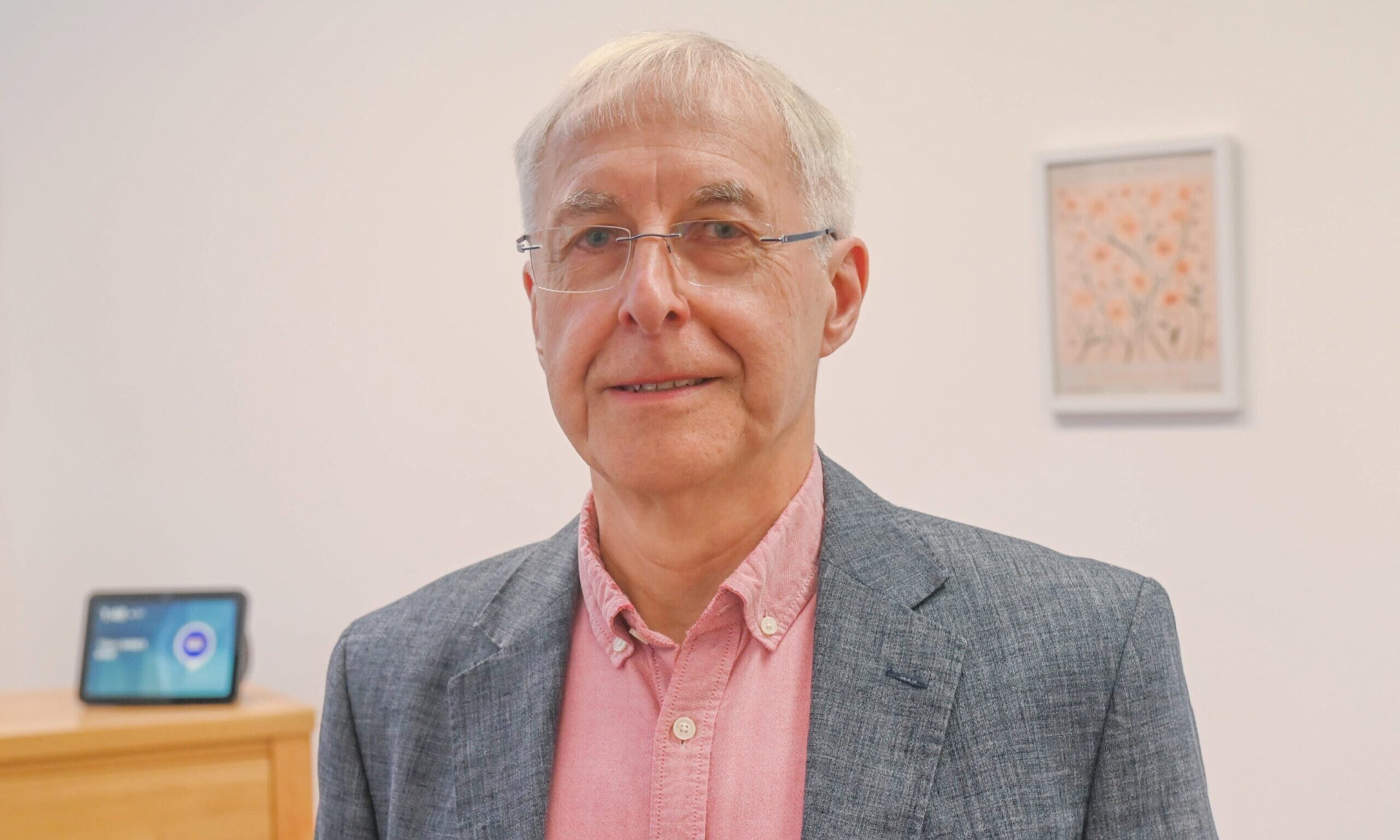
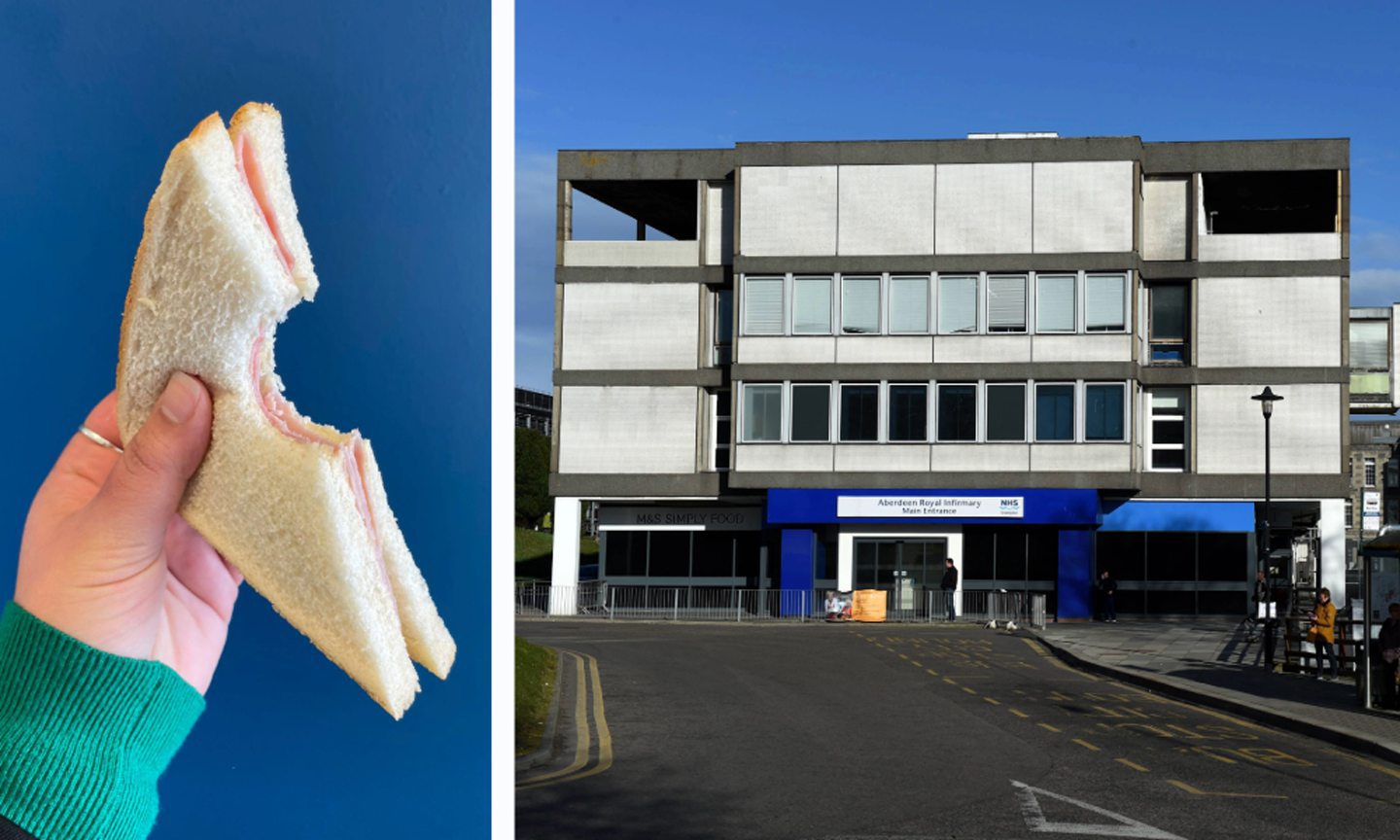
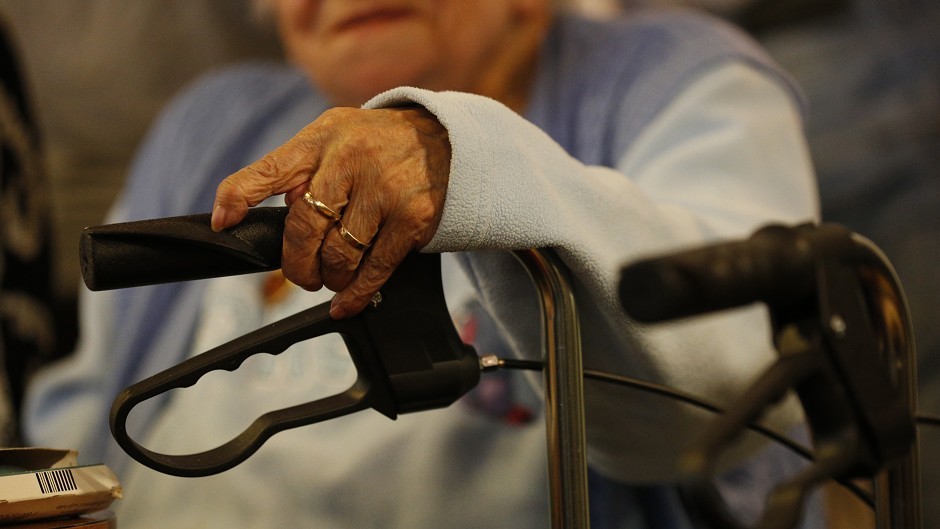
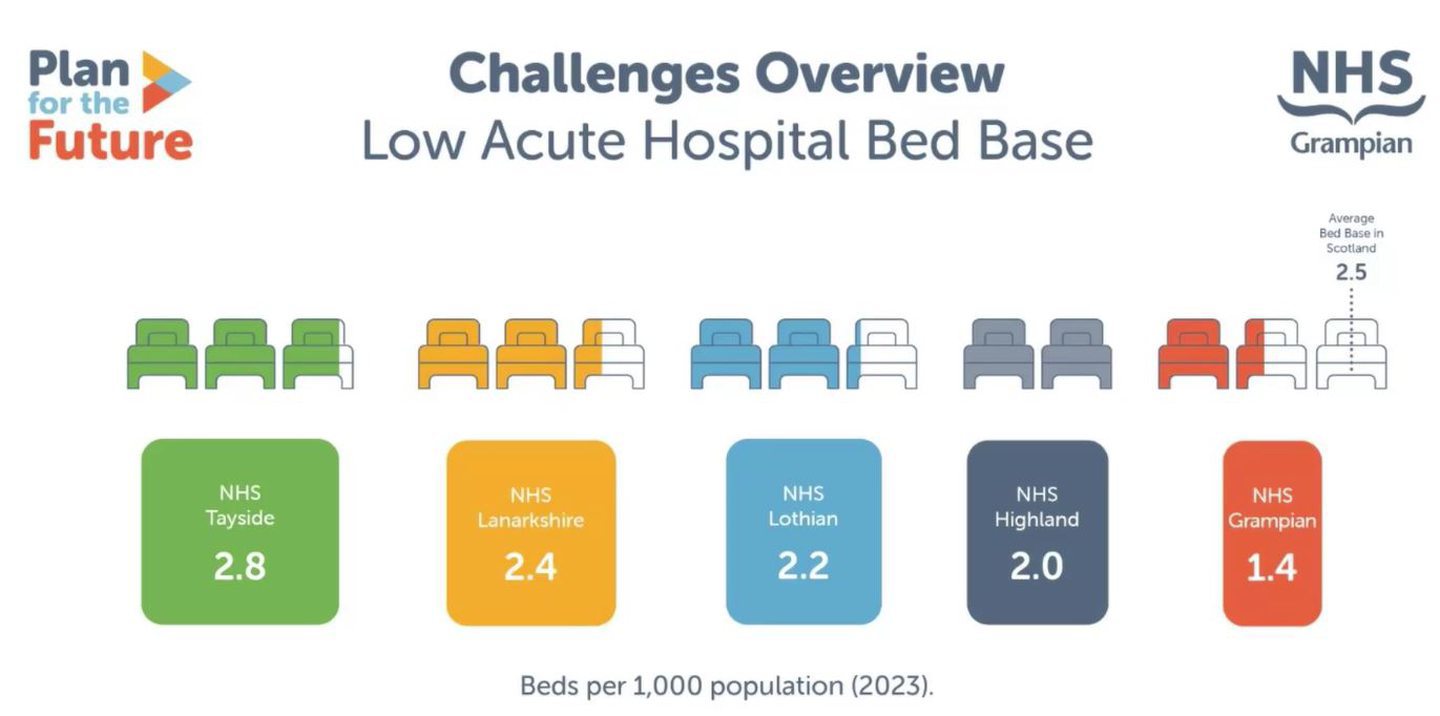
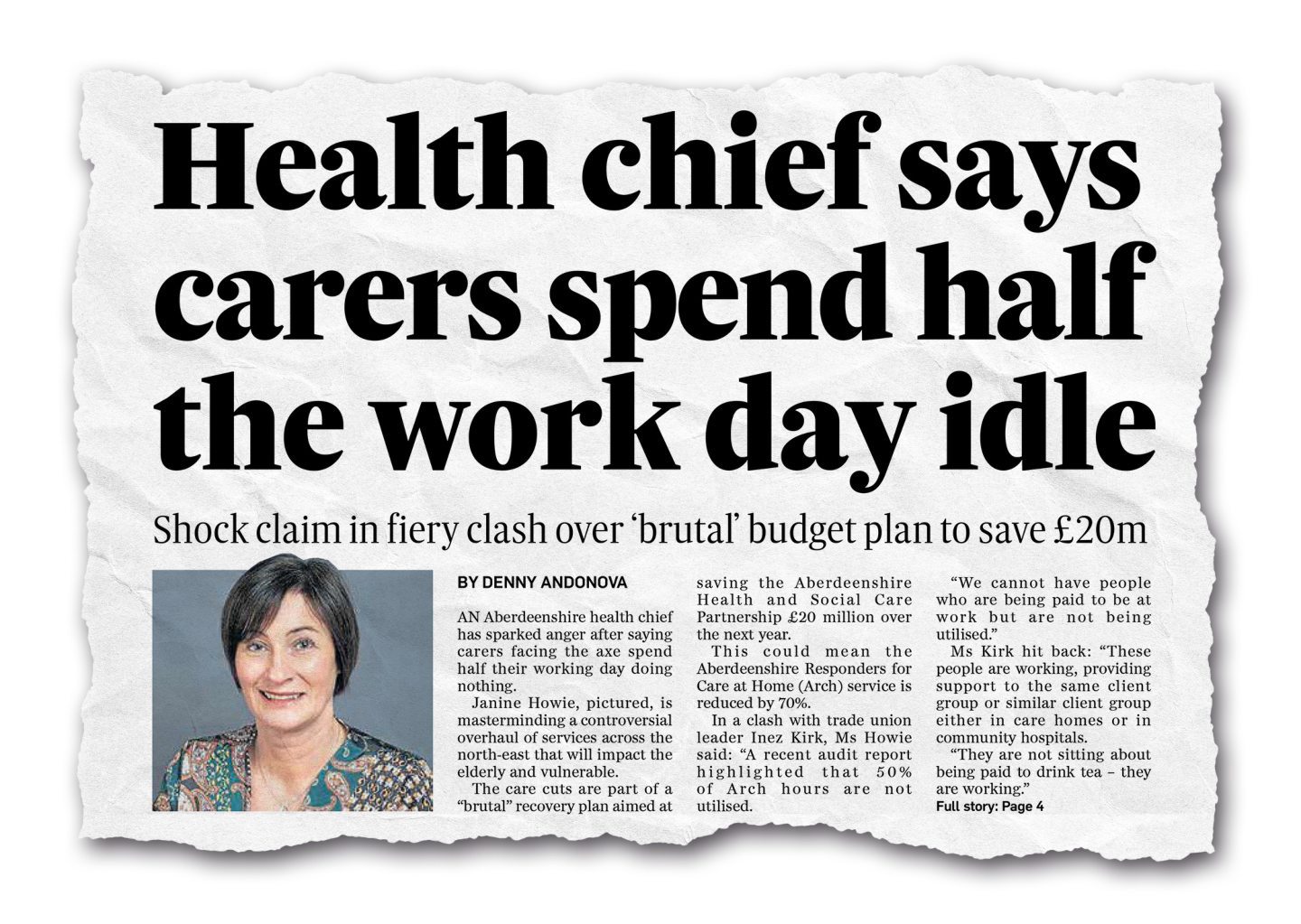
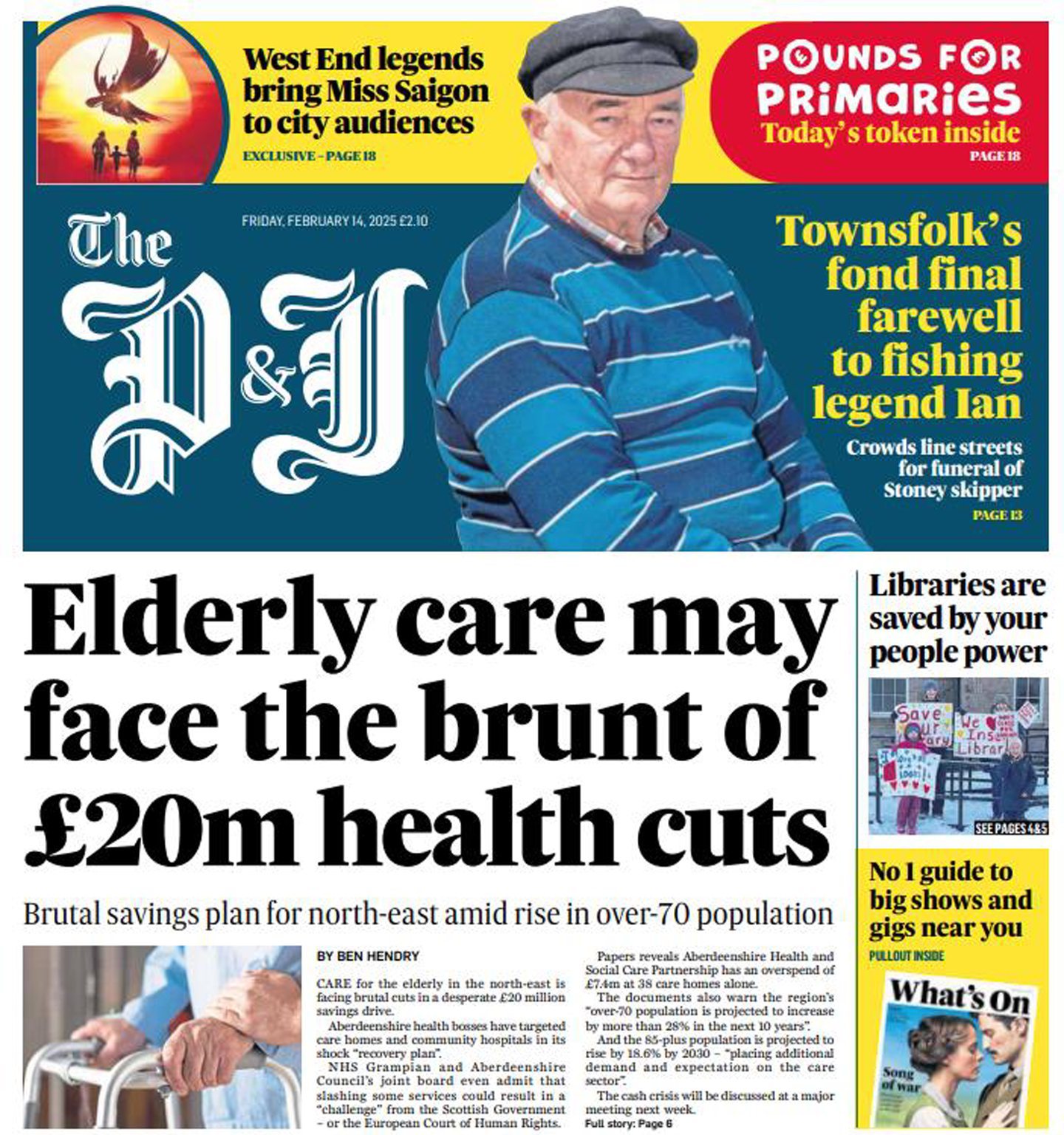
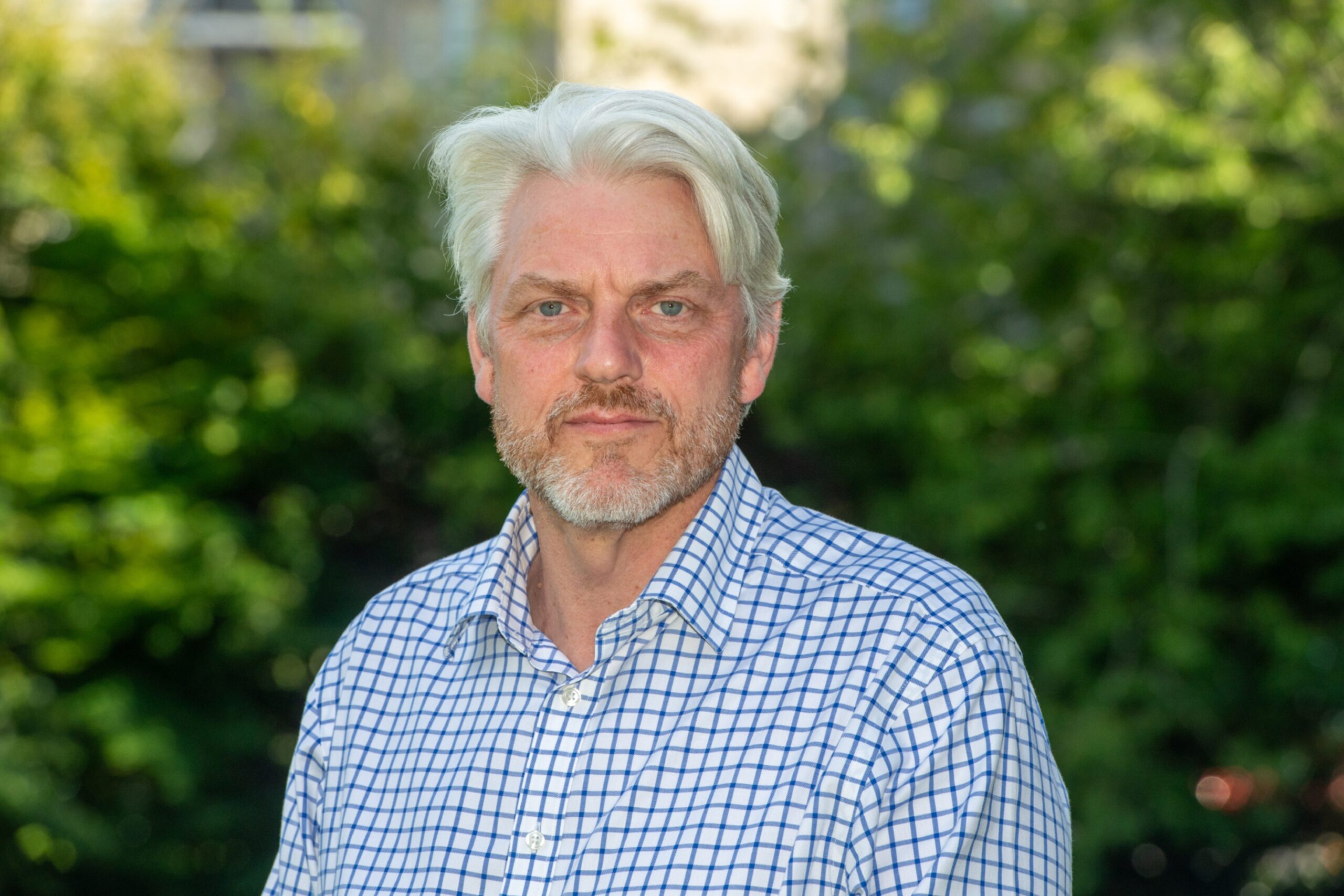
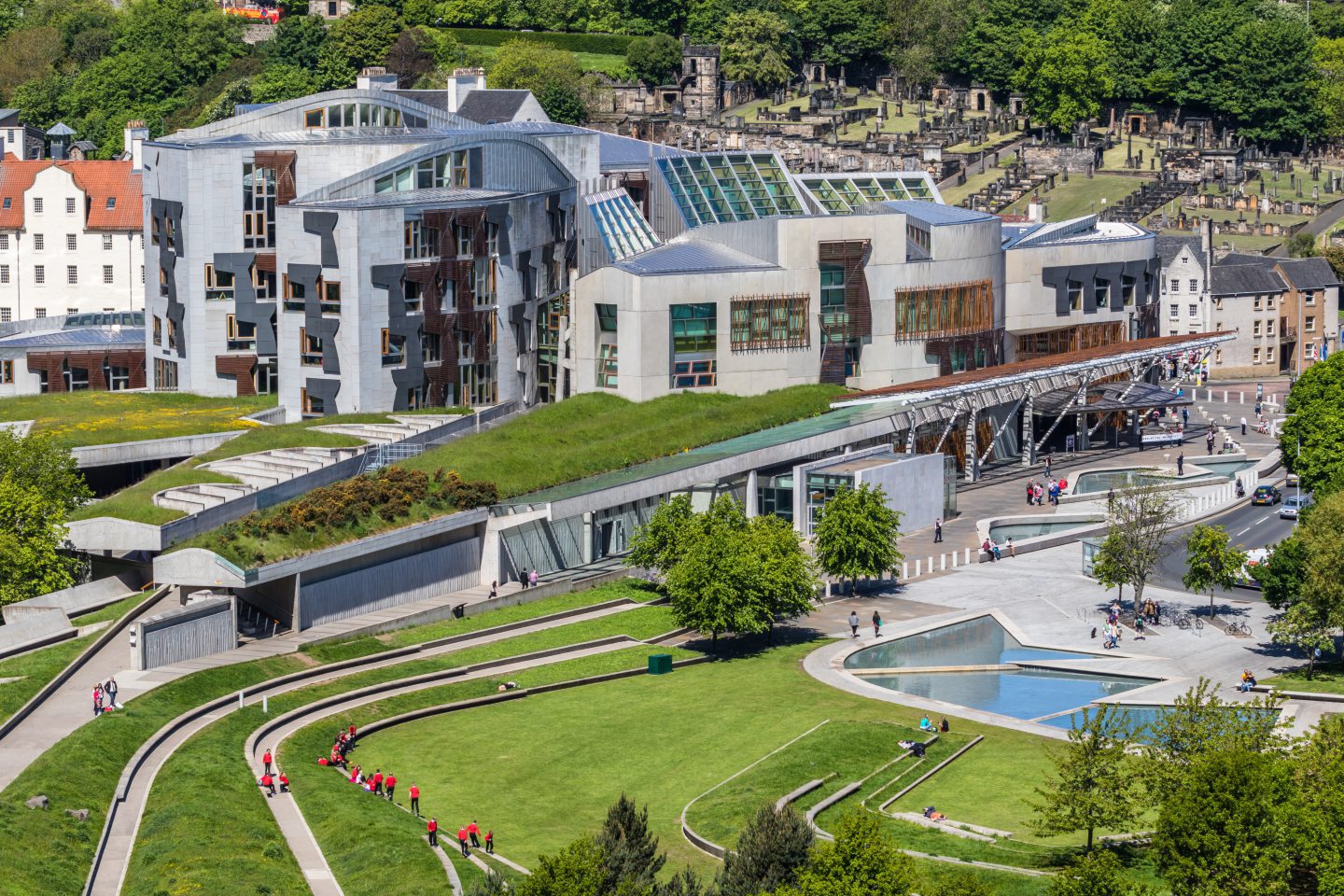
Conversation